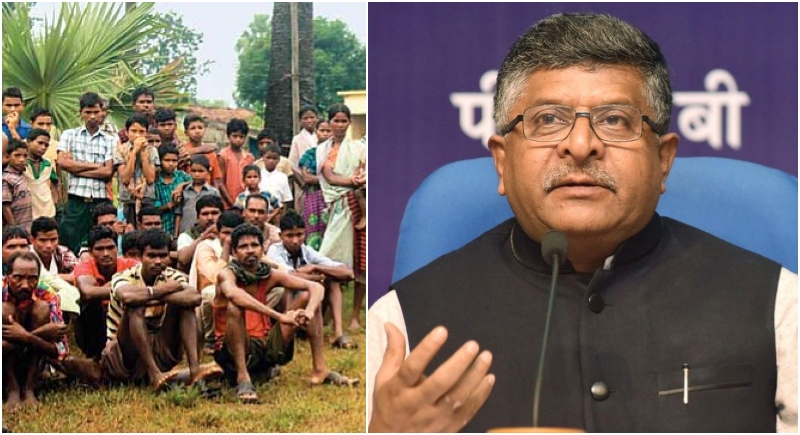Better connectivity, better empowerment: Modi govt approves setting up mobile towers in Naxal affected area
New Delhi, May 24: In a major attempt to install internet connectivity in the left extremist area, Prime Minister Narendra Modi government has given a nod to install around 4000 mobile towers in Naxal affected area. A total of 4072 mobile towers have been intended to be installed in 96 districts of 10 states.

The Union Cabinet on Wednesday approved the proposal of Ministry of Home Affairs to set up the mobile towers in the areas affected by the Left Wing Extremist. Having an upper hand with the support from Universal Service Obligation Fund, the Phase II of the project covers 96 districts in 10 states with the cost of Rs. 7,330 crore. The 4G and broadband facilities will help to provide security and empower people.
In the first phase, which was completed about two years ago, 2,329 mobile towers were installed at a cost of Rs 3,167 crore in Andhra Pradesh, Bihar, Chhattisgarh, Jharkhand, Madhya Pradesh, Maharashtra, Odisha, Telangana, Uttar Pradesh and West Bengal.
The additional towers will strengthen the telecom network resulting in increased mobile penetration in Left Wing Extremism-affected and other areas facing security challenges.
The PM Modi government at the Center has been constantly working towards eliminating the Naxal problem in the country. Operations against left-wing extremists have been going on, side by side, with development and infrastructure projects in the affected areas. There has been a special focus on building infrastructures like roads, bridges, mobile towers, school buildings, Anganwadi centers and primary health centers.
The Cabinet also approved a Comprehensive Telecom Development Plan for the North East in Meghalaya at a total estimated project cost of Rs 3911 crore. It will be funded by the Universal Service Obligation Fund. It will provide 2G and 4G mobile coverage in uncovered areas of Meghalaya and complete coverage along National Highways in Meghalaya. This will greatly enhance mobile penetration in the state.
All in all, the government is not only increasing mobile penetration in Naxal-affected areas but is also improving the socio-economic development of people in remote parts of the country.
Compared to 2013, there had been a 20% decline in Naxal incidents in 2017, and the numbers of people killed in such violence also decreased by 34%. Of the 90 Naxal affected districts, 32 have not seen a single incident of violence in 2017.